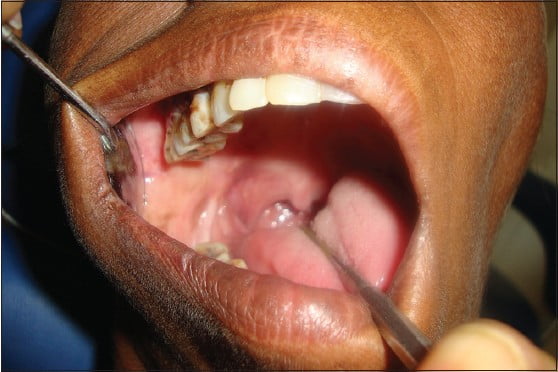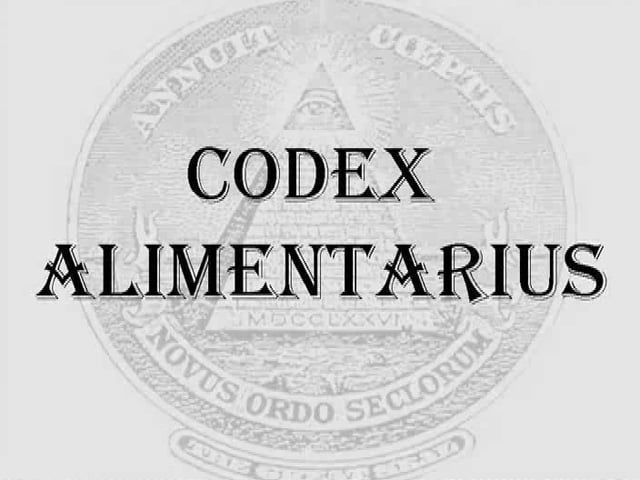The adenoid cystic carcinoma is uncommon form of malignant neoplasm which arises with secretory glands and it is most commonly happening in the major and minor salivary glands of the head and neck. But, the adenoid cystic carcinoma can affect other parts of the body, such as vulva, skin, breast, lacrimal gland and trachea. The neoplasm is defined by the distinctive histologic appearance. The adenoid cystic carcinoma is rare condition. In the United States, each year are affected about 1,200 people with adenoid cystic carcinoma [1].
It is noticed that about 60% of these people are women. The adenoid cystic carcinoma is most commonly found in younger and middle – aged adults, but every single person can be affected by this condition, including children [1]. The late occurrence of adenoid cystic carcinoma is common and it can happen many years after the initial treatment. The recurrence of adenoid cystic carcinoma is most commonly diagnosed at the metastatic stage, which means it has spread to other parts of the body. But, the tumor growth for ACC is often slow and many people can live a long time with metastatic disease.
The five year survival rate for people who suffer from adenoid cystic carcinoma is approximately 89%, while the fifteen year survival rate for people with adenoid cystic carcinoma is approximately 40% [1].

Adenoid cystic carcinoma: symptoms
The initial symptoms of ACC will depend on the location of the tumor. The early lesions of the salivary glands can appear as painless, usually slow – growing masses underneath the normal lining of the mouth or skin of the face. There are many salivary glands under the mucosal lining of the mouth, throat and sinuses and the lumps in these locations could be from this type of tumor. There can be other symptoms of ACC [2,3], such as
- Paralysis of a facial nerve
- The lump on the palate, under the tongue, or in the bottom of the mouth
- The bump or nodule in front of the ear or underneath the jaw
- Difficulty swallowing
- An abnormal area on the lining of the mouth
- Dull pain
- Numbness of the upper jaw, palate, face or tongue
- Hoarseness
Many people with ACC can experience some of the above mentioned symptoms. But, there are some cases when people with adenoid cystic carcinoma do not have any of the mentioned symptoms. But, some of the mentioned symptoms may be symptoms of other conditions, so you need to visit your doctor to be sure if you suffer from adenoid cystic carcinoma. You need to tell your doctor how long and how often you have been experiencing your symptoms, which can help your doctor to give the right diagnosis for your condition.
If the ACC is diagnosed, then the relief from symptoms is an important part of cancer care and treatment. Your doctor will give you the treatment depending on the stage of your adenoid cystic carcinoma, so the early diagnosis of this type of disease is very important, so you will get more chances of getting better.
Adenoid cystic carcinoma cause
The cause for ACC is not known and the risk factors for this condition have not been proven consistently with scientific research. There are some studies in which are said that p53 tumor suppressor gene is somehow inactivated in the advanced and aggressive forms adenoid cystic carcinoma. The p53 gene limits the cell growth by monitoring the rate at which cells divide. [4,5]
Risk factors
We know that risk factor is anything that increases a risk of person for developing cancer, including ACC. The risk factors often influence the development of cancer, but most of them do not directly cause cancer. Some people who have several risk factors never develop ACC, while others with no known risk factors do. It is important to talk with your doctor if you suspect that you may have risk factor for adenoid cystic carcinoma, because your doctor can give you the right diagnosis. Also, he or she can help you with the treatment and lifestyle changes which you can do. [4]
References:
[1] Cancer.Net. Adenoid cystic carcinoma: Statistics. 2020. Retrieved from www.cancer.net/cancer-types/adenoid-cystic-carcinoma/statistics
[2] Ishida E, Ogawa T, Rokugo M, et al. Management of adenoid cystic carcinoma of the head and neck: a single-institute study with over 25-year follow-up. Head & Face Medicine. 2020;16.
[3] National Center for Advancing Translational Sciences. Adenoid cystic carcinoma. Retrieved from rarediseases.info.nih.gov/diseases/5743/adenoid-cystic-carcinoma
[4] Cancer.Net. Adenoid cystic carcinoma: Risk factors. 2020. Retrieved from www.cancer.net/cancer-types/adenoid-cystic-carcinoma/risk-factors
[5] Kiyoshima T, Shima K, Kobayashi I, et al. Expression of p53 tumor suppressor gene in adenoid cystic and mucoepidermoid carcinomas of the salivary glands. Oral Oncology. 2001;37(3):315-22. doi:10.1016/s1368-8375(00)00083-x.




